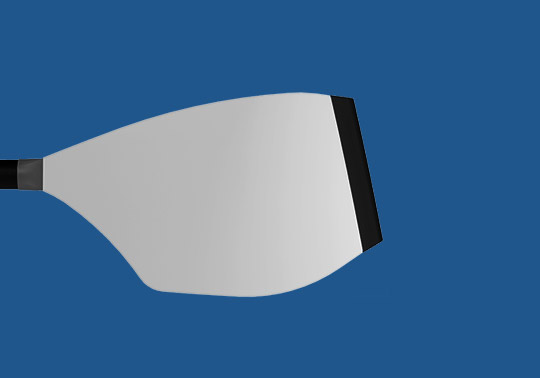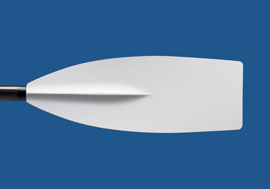Our driving goal has been to design and build oars that will help you go faster. To that end, our blade designs have evolved with one purpose—to more efficiently convert the athlete’s power into boat speed. At the same time, the unique characteristics of each blade design impact the feel of the drive. Because the preferences of athletes and coaches differ, the best way to choose your blade is to learn about the options available and then determine the best fit for you.
Here is a general overview of our blades, starting with our most recent designs. For more details, click the blade name links.
Fat2
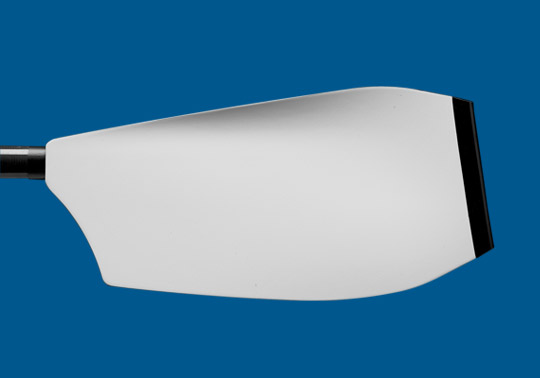
The Fat2 combines vortex-generating features and a large surface area to create a stiff feel at the beginning of the drive and a fast handle speed at the end of the drive.
Smoothie2 Vortex Edge
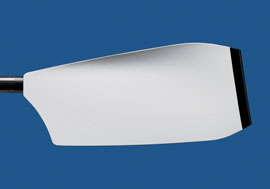
The Smoothie2 Vortex Edge combines the characteristics of the popular Smoothie2 design with the added efficiency of the vortex-generating edge, resulting in a firm feel during the early part of the drive.
Smoothie2 Plain Edge
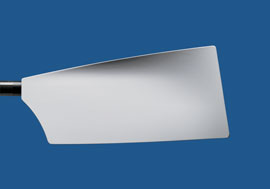
The Smoothie2 Plain Edge offers a smooth and consistent load through the drive, with a clean entry and level blade depth.
Big Blade
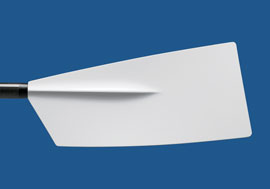
Big Blade—Developed in the 1990s. Unless you have very specific reasons for choosing the Big Blade, we recommend considering one of our more advanced blades.
Bantam Blade
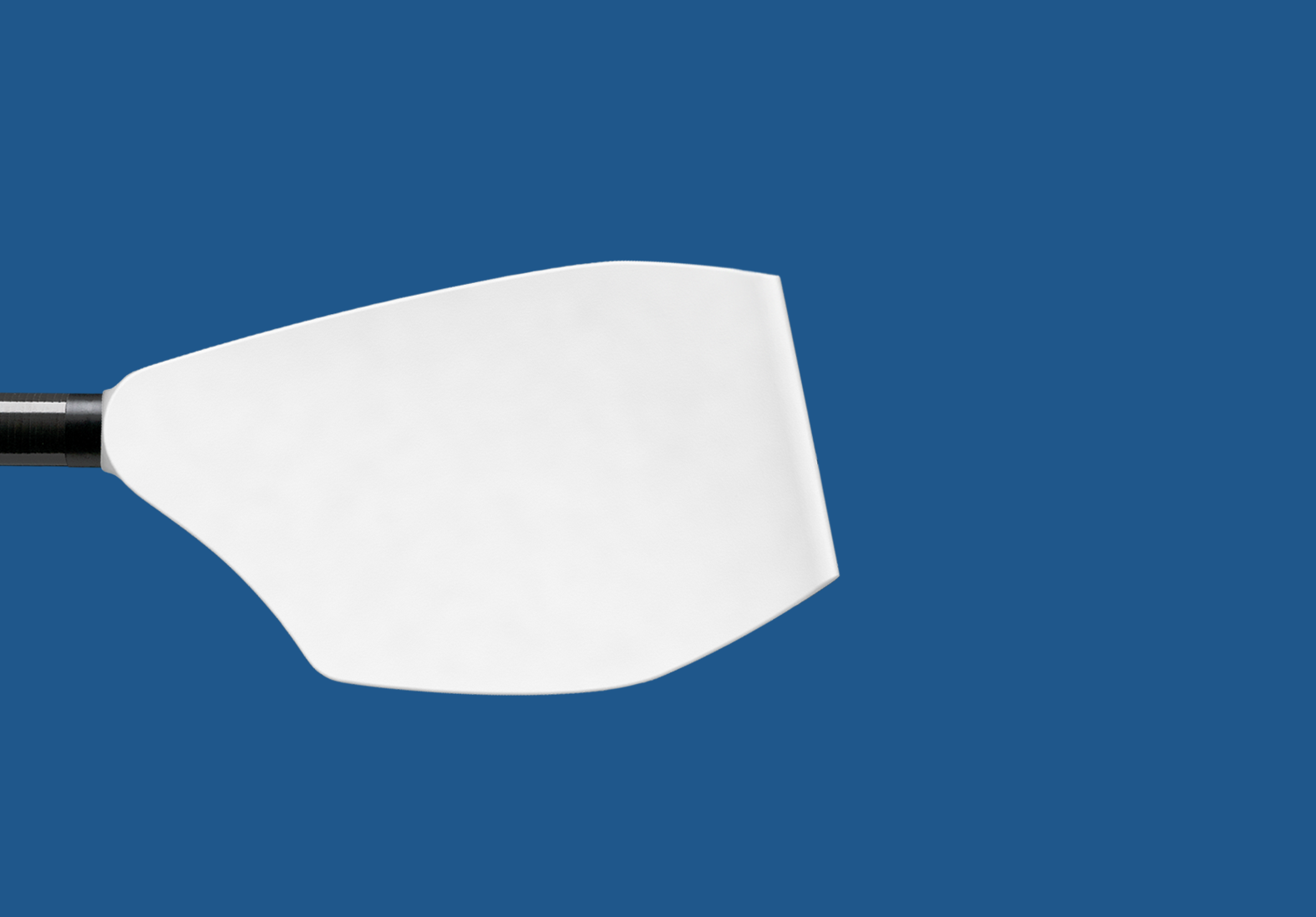
The Bantam Blade is a cost effective injection-molded design that maintains the same weight and balance as an Ultralight racing scull.
Loading Profile
As an oar blade moves through the water, it resists the athlete’s effort. This resistance generates the load the athlete feels. “Loading profile” refers to the varying amounts of load the athlete feels as the blade progresses through the drive.
Our blade designs have evolved as we’ve learned more about blade path and the features that go into making an efficient blade. As a result, different blade designs have different loading profiles. More efficient blades, like the Fat2, offer more resistance earlier in the drive while others offer more resistance later. The greater the catch and finish angles, the more apparent these differences become.
A blade’s loading profile can be impacted by shaft choice. In fact, the Skinny shaft was designed to offer an overall softer loading profile with the Fat2 blade, while maintaining the blade’s efficiency. The graphic at the bottom of this page shows the loading profiles of different Concept2 blades.
While blade type plays a role in the overall load of the rig, you should not try to adjust overall load by blade type. Instead, fine-tune the overall load using oar length, spread and inboard adjustments.
After choosing your blade, we recommend choosing your shaft.
Note: The new Comp blade is not included in the loading profile chart below.
Loading Profile Chart



